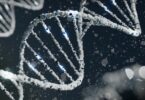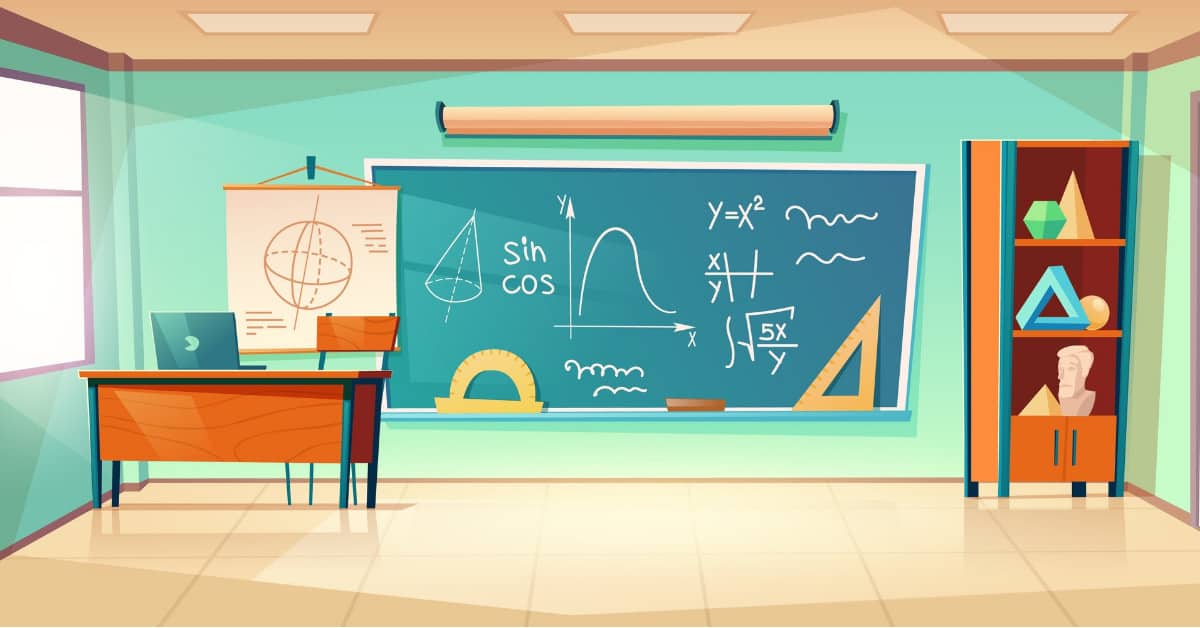Definition of DNA sequencing
DNA sequencing is a method of determining nucleotide sequences in DNA. Every organism’s DNA consists of a unique arrangement of nucleotides. The primary degree of information of a gene or genome is nucleotide sequencing. The sequence is a chart containing entity forming directions, and without this information, no information on genetic structure or evolution can be complete.
The need for DNA sequencing was first made apparent by the hypothesis of Francis Crick that the nucleotide sequence inside a DNA molecule significantly affects the amino acid sequence in a protein. So, DNA sequencing is essential for genome analysis and in the understanding of many biological processes.
It includes many techniques to visualize the sequence of four bases adenine(A), Guanine(G), Cytosine(C), and Thymine(T). There are two types of sequencing methods:
- Conventional sequencing method
- Next-generation sequencing
There are two conventional methods used for sequencing;
- Sangar sequencing, also known as the chain-terminating method
- Maxam Gilbert, also known as a chemical sequencing method
Sangar sequencing:
Sangar sequencing, also known as the process of chain termination. Fredrick Sangar first developed sangar sequencing in 1977 and soon became a first choice method due to its reliability and ease. It’s a system focused on PCR. It’s a revised DNA replication reaction. Expanding chains are ended by dideoxynucleotides.
The Sangar sequencing starts with a double-stranded DNA reduction. The single-stranded DNA is then annealed to an oligonucleotide primer and lengthened using a mixture of dinucleotide triphosphates (dNTPs), which are Adenine (A), Cytosine (C), Guanine (G), and Thymine (T), and gives a Fresh double-stranded DNA structure. Also, a limited amount of chain-terminating dideoxy-nucleotide triphosphates (ddNTPs) is attached to each nucleotide. Until DDNTP is encountered, DNA sequences can begin with dNTPs. As it is similarly probable that dNTPs and ddNTPs are related in series, each configuration finishes at different duration and length. The terminated chains are resolved by electrophoresis.
There is also fluorescent marker attach with each ddNTPs (ddATP, ddGTP, ddCTP, ddTTP). When a ddNTPs is attached to an elongating sequence, the base will give fluorescence. Adenine base will give green fluorescence, Guanine will give black, C will give blue, and Thymine will give red fluorescence. A laser senses the fluorescent voltage, which corresponds to the “peak” within the automated computer used to interpret the chain. When a specific heterozygous condition exists in a series of fluorescent dyes with similar strength, it can absorb the loci. The predicted fluorescent color is fully substituted by the current base pair’s color when a homogeneous existence occurs. Based on the color they emit, nucleotide bases are identified. By using this sequence of colors, the sequence of DNA is recognized.
Maxam-Gilbert method:
In 1976-1977, Allan Maxam and Walter Gilbert created a DNA sequencing system focused on chemically DNA alteration and DNA breakage from respective bases. This procedure involves a single end radioactive marking and purification to clean the DNA fragments that will be configured. Chemical therapy creates splits with a low nitrogenous ratio to one or two, including its four reactions (G, A + G, C, C + T).
In this way, a collection of labeled pieces is formed, mostly from the edge of the radio sign to the ‘cut’ site in each polymer’s first part. In gel-electrophoresis, the particles or fragments or pieces are placed side-by-side to distinguish the size in the following four reactions. The gel is positioned in front of an X-ray film for radio-autography to see the fragments, including a set of black bands corresponding to each radio-labeled DNA fragment, which could be applied to approximate inferred the sequence.
Next-Generation sequencing
The basic principle behind Next-Generation sequencing is the same as Sangar sequencing, which is based on capillary electrophoresis. The DNA strand is fragmented, and the base of each of these fragments is indicated by a signal when its fragment is ligated against a template strand.
There are three steps to accomplish Next Generation Sequencing:
1.Preparation of Libraries:
Libraries are generated using discrete DNA disintegration accompanied by custom adapter ligation.
2.Amplification:
After the libraries have been prepared. With the help of the PCR and clonal amplification methods, these libraries are amplified.
3.Sequencing:
After the amplification of libraries, the DNA is sequenced using one of the following approaches.
- Illumina (Reversible terminator sequencing)
- Ion Torrent semiconductor sequencing
- SOLiD (Sequencing by Ligation)
- 454 Pyrosequencing
Illumina:
Illumina or Reversible terminator sequencing is different from Sangar sequencing; Rather than terminate primer extension using dideoxynucleotides, the modified nucleotides are used. Illumina used bridge PCR to amplify DNA libraries.
As each base produces a distinct fluorescent light, the Illumina series acts concurrently to recognize DNA bases and integrate them into the nucleic acid chain.
Ion Torrent semiconductor sequencing:
This sequencing method uses a ‘sequence by synthesis’ technique where the current strand is synthesized, inserting one base at a time, compared to the target strand. The total emission of H+ (protons) in the ion torrent sequencing is analyzed by inserting single bases by DNA polymerase. It is also distinct from other approaches since it does not quantify light.
It is the first technique that does not use fluorescence and camera scanning, and therefore this is cheap than any other method.
SOLiD:
DNA ligase, an enzyme used in biotechnology to bind double-stranded DNA strands, is sequenced by ligation or SOLiD. The ssDNA Primer (known as an adaptor) binding area connected to the target sequence (i.e., in sequence) of the bead is amplified using emulsion PCR. The beads are then embedded in the glass layer. It is possible to achieve a higher bead density, resulting in improved technique efficiency.
After the beads have been attached to the glass, the primer is hybridized to the adapter. The beads are then exposed to the probes library, which includes different fluorescent dyes at 5′ end. The target sequence will bind to the complementary probe near the primer. DNA ligase is used to join the probe with primer. A silver ion is used to cleave the fluorescent dye from the fragment with a phosphorothioate linkage between base 5 and 6. Fluorescent is measured with the help of this cleavage.
454 pyrosequencing:
Pyrosequencing is based on the ‘sequence by synthesis’ theory, wherein in the presence of a polymerase enzyme, a complementing strand is polymerized. After the nucleotides are added to a new strand of DNA by the polymerase, this technique detects pyrophosphate release using fluorescence.
Conclusion
Our genome is consists of four bases Adenine(A), Thymine(T), Guanine(G), and Cytosine(C) in a particular order. This order is essential for specific protein synthesis. This order of bases is determined with DNA sequencing. Conventional methods are liable and accurate but are time-consuming, while the NGS is fast and cheap but less reliable using traditional techniques.
See Also









